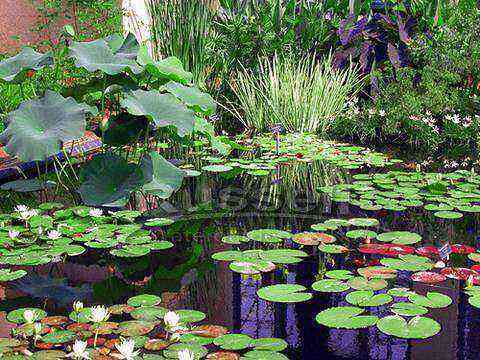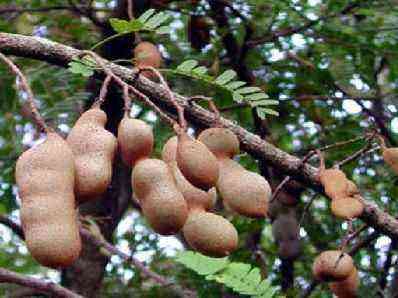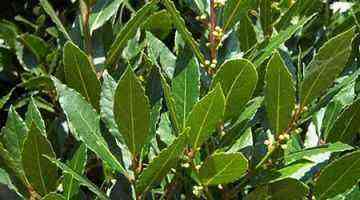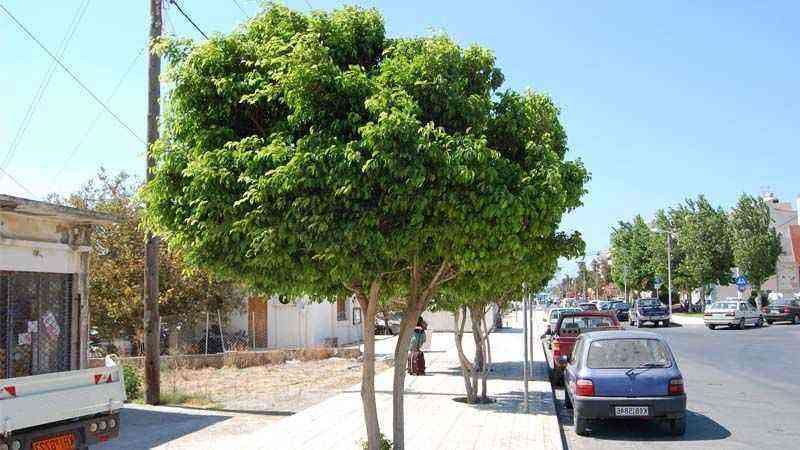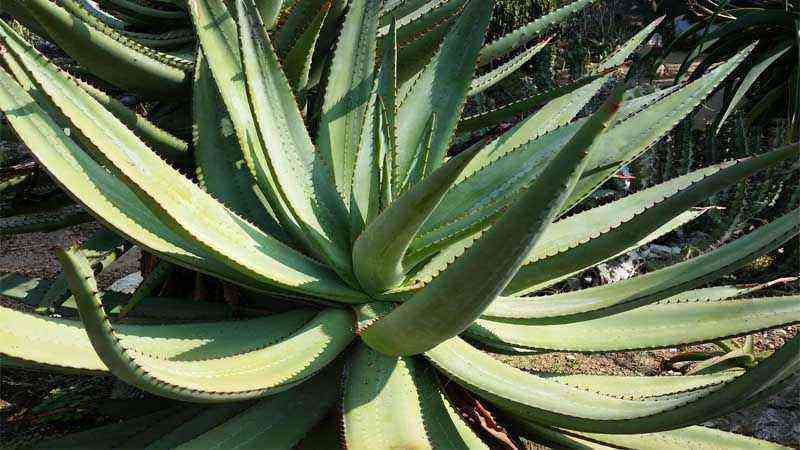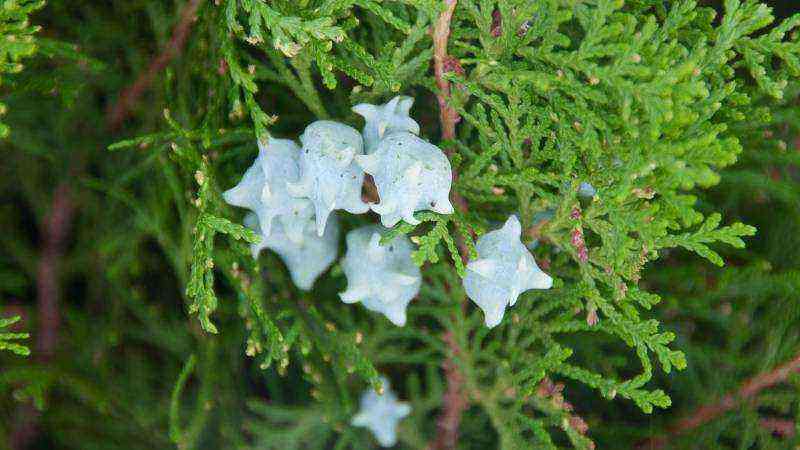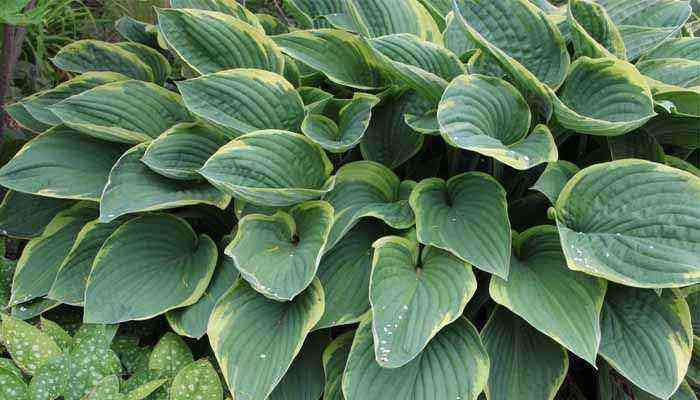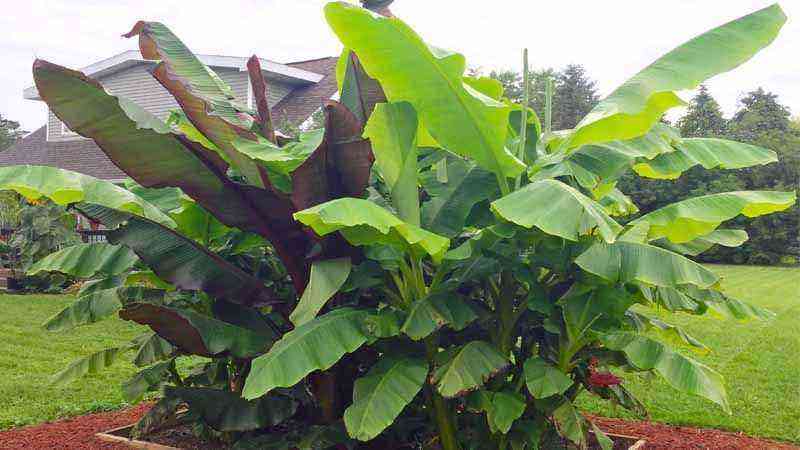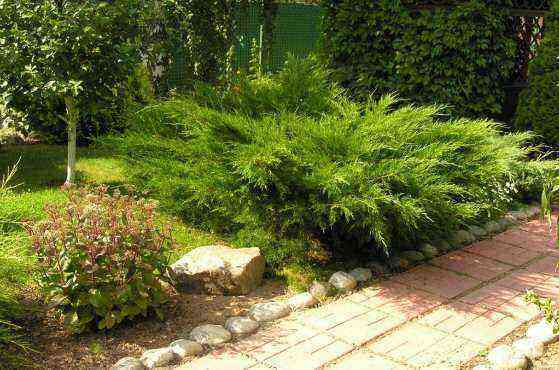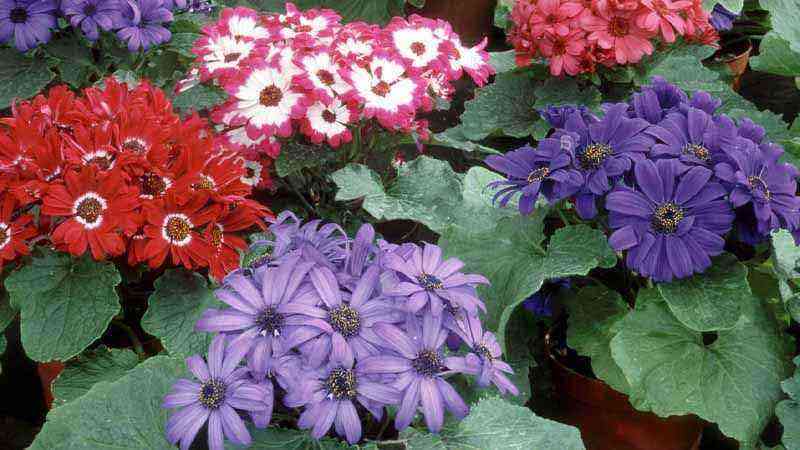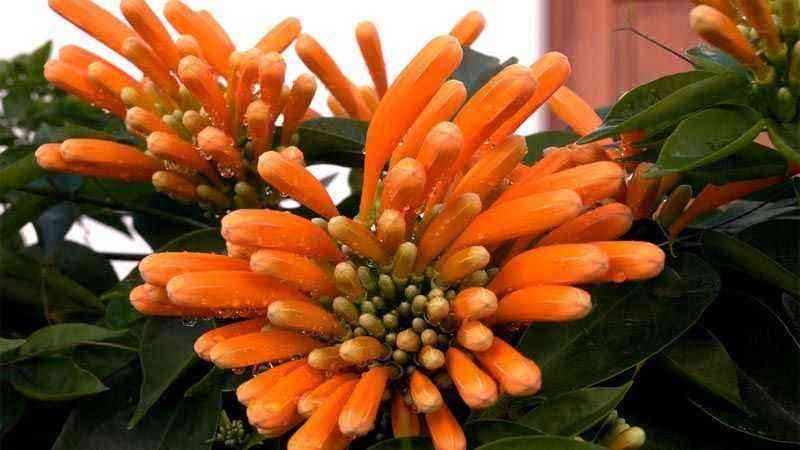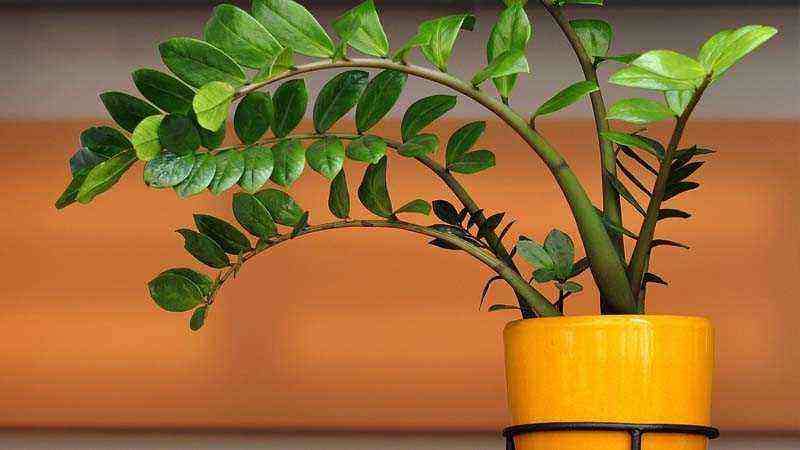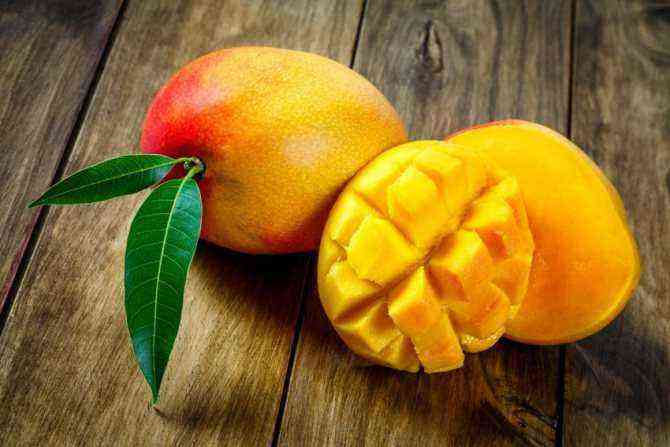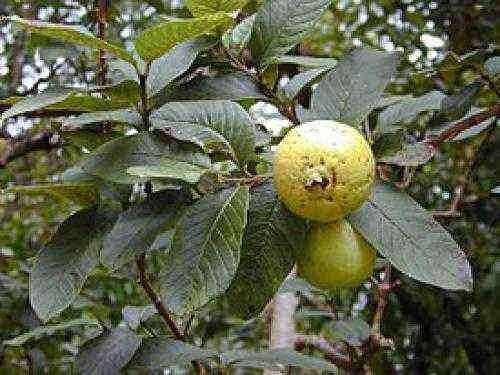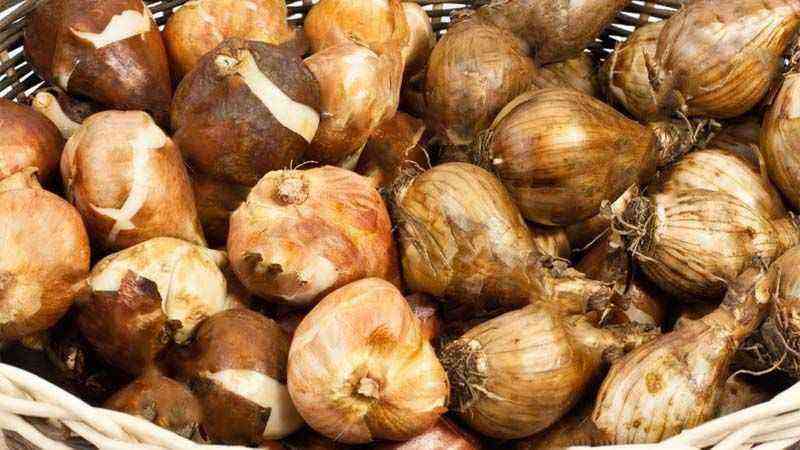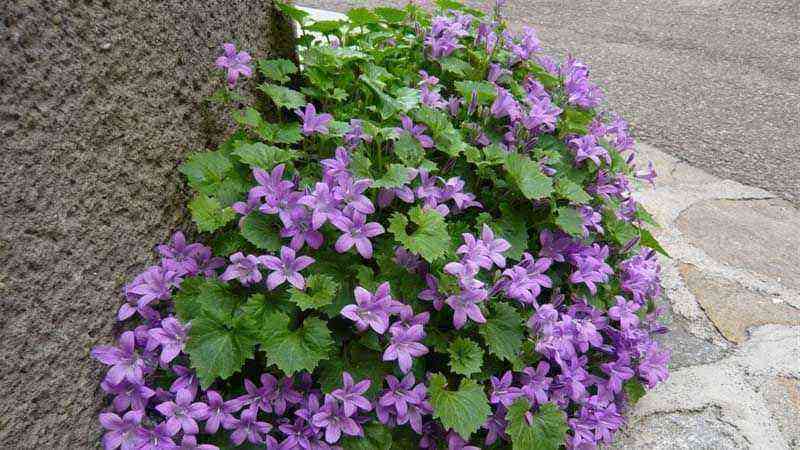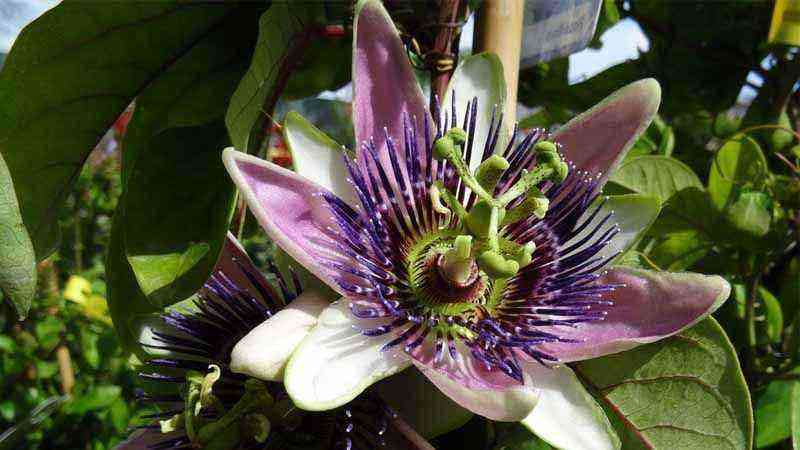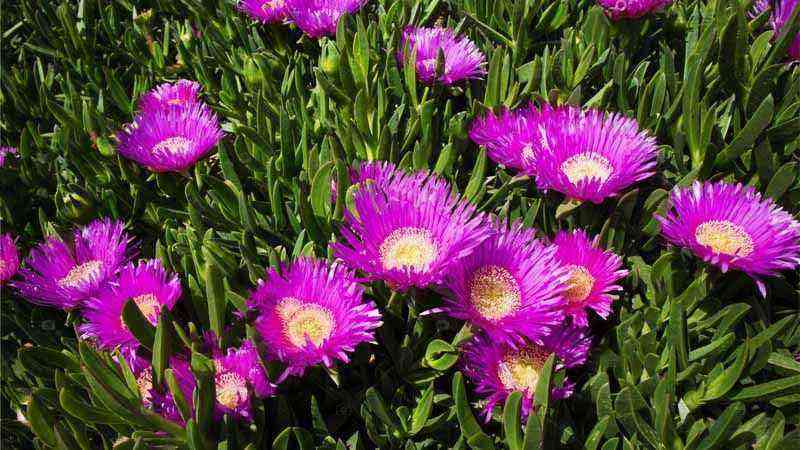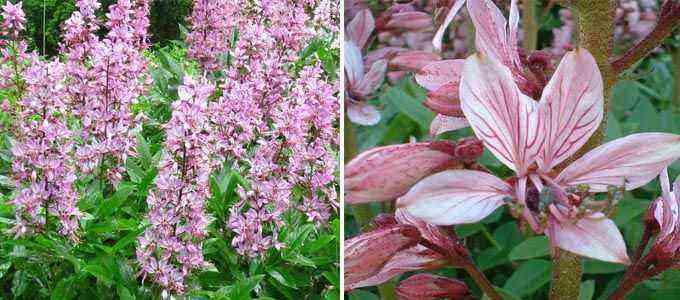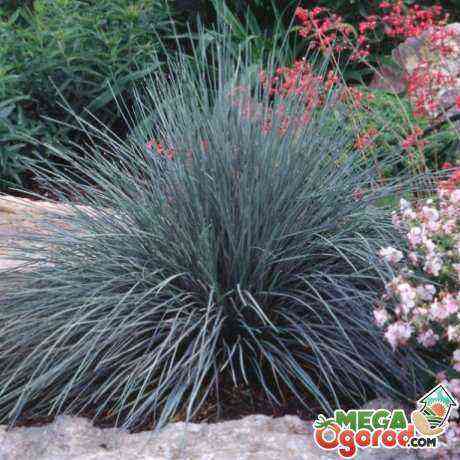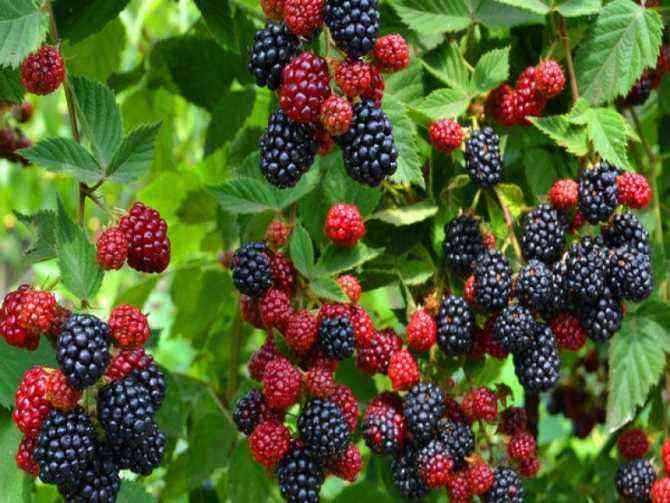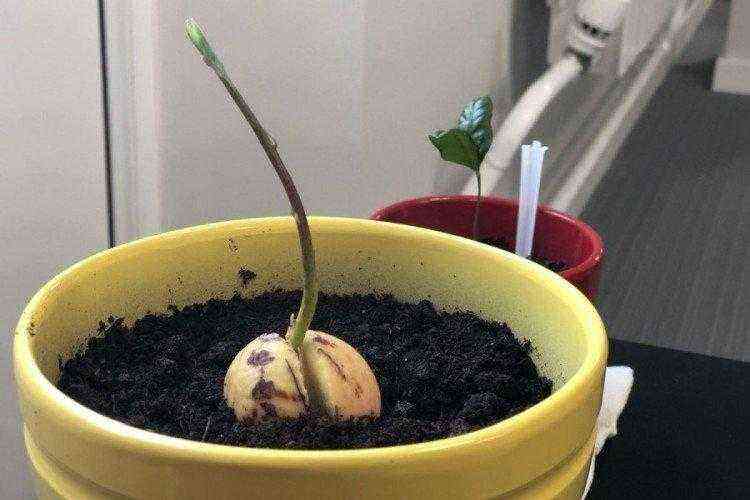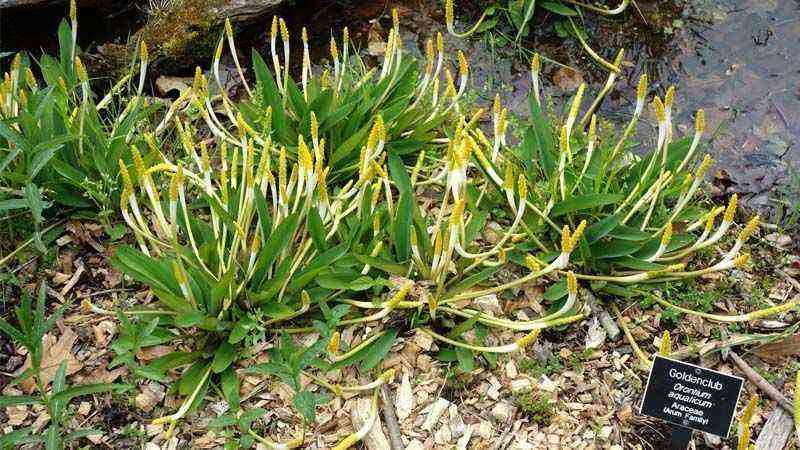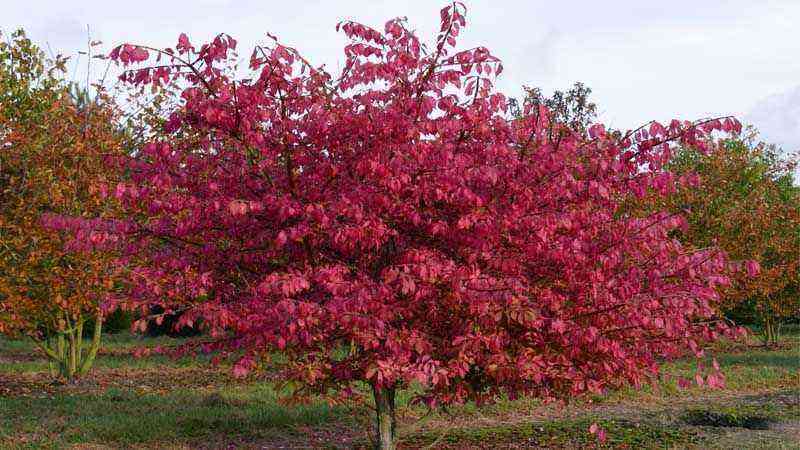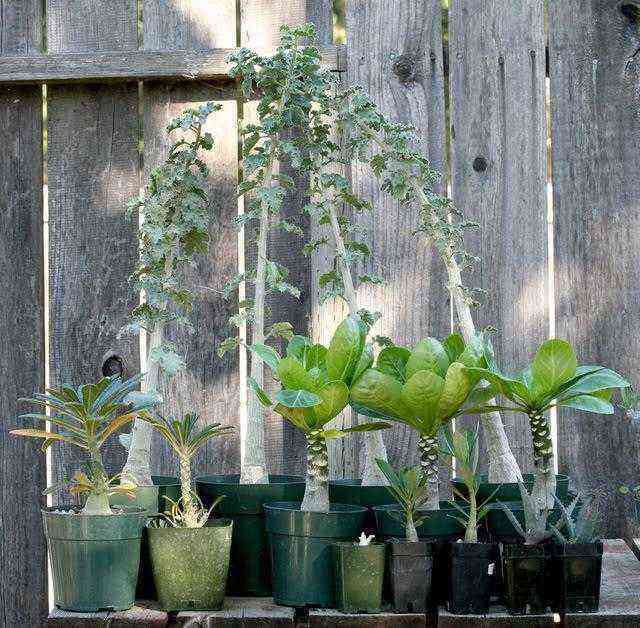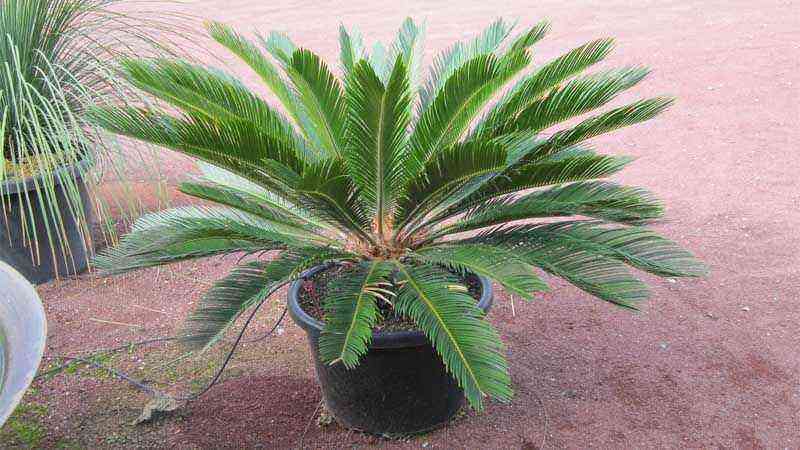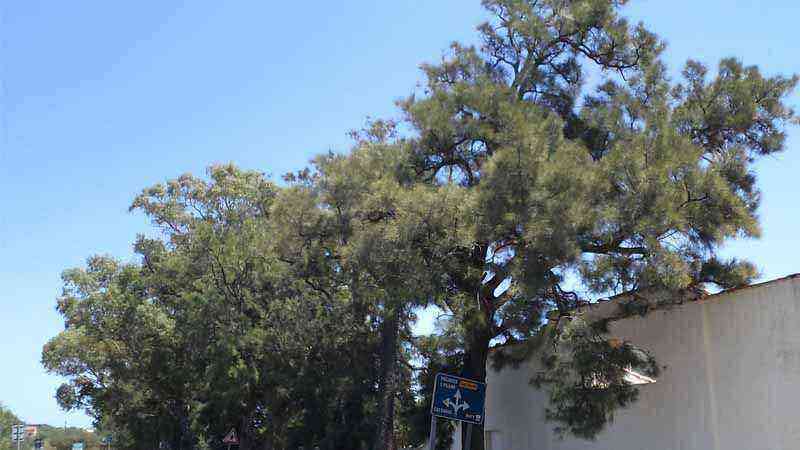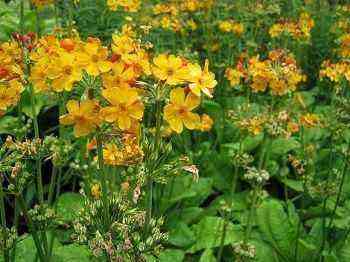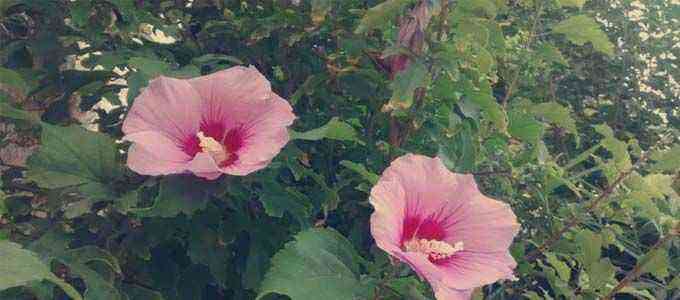When we talk about Cyperus alternifolius, known as water papyrus, umbrella, cyper, etc. Today its use has radically changed to ornamental functions, close to ponds or water beds. If you are intrigued by knowing its cultivation, go ahead!
Climate and soil characteristics for the cultivation of Cyperus alternifolius
Imagine what the weather is in Egypt and you will find the answer in terms of the weather you need. Hold a lot of sun and high temperatures. However, the opposite is true when it comes to cold.
Temperatures below 10º C paralyze the vegetative growth of the Cyperus alternifolius, so in winter it is necessary to protect it, either to arrange it in indoor conditions or in the garden to protect it with a vegetal cover of other plants.
When the leaves turn yellow, it is a symptom of low temperatures. The solution is to prune from the stems and remove the yellowish leaves from the water papyrus.
The subscriber of Cyperus alternifolius
Despite its rusticity and vivacity, it needs a good amount of organic material, which will be moistened with watering constantly. Make a constant fertilizer in the times of greatest growth (spring and summer and out of winter rest).
The watering of the umbrella, the most important
Irrigation is undoubtedly one of the most important determining factors in the cultivation of Cyperus alternifolius, since it is a plant that usually grows in very humid areas like edges of ponds or rivers.
You don’t need a pond to plant it either, but you do have to provide a good amount of watering and constant moisture at its roots.
The roots must be in contact with the soil moisture at all times, and the moment that is not the case, the plant will begin to acquire yellow hues, especially in the leaves.
Cyperus alternifolius It is very lively and rapidly expanding within garden plants, and if it obtains the best growing conditions, which you are surely giving it, its growth will be fast and continuous.
You will often need to perform a maintenance pruning.
Without any doubt you should remove leaves to reduce foliar density and you will have to do it at the end of winter (remember that this plant is . sensitive to cold and frost).
Multiplication and division of plants
Various types of divisions can be made. One of them is to select a young stem and separate it from the base. We will arrange that stem in another place where it does not lack moisture. You can also choose a 10-15 cm stem and cut it in a pot.


